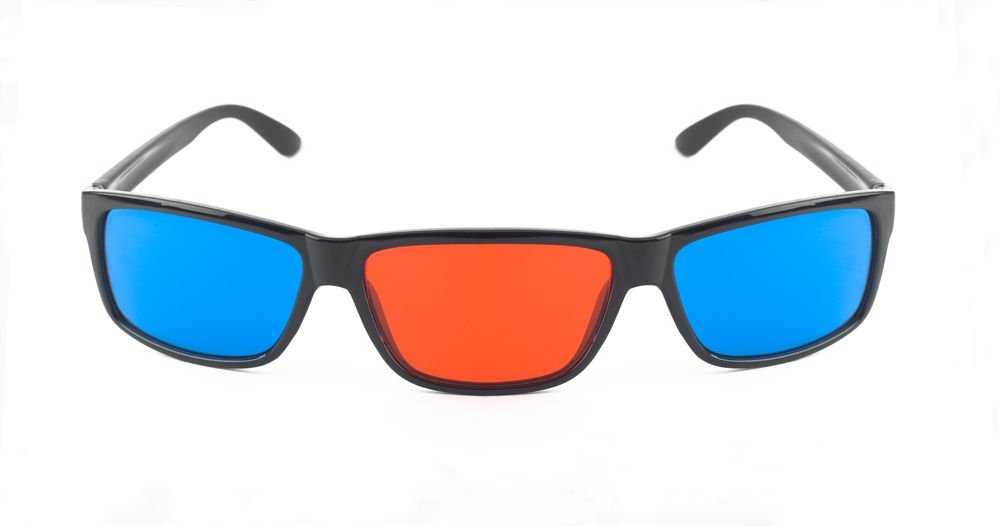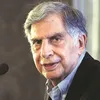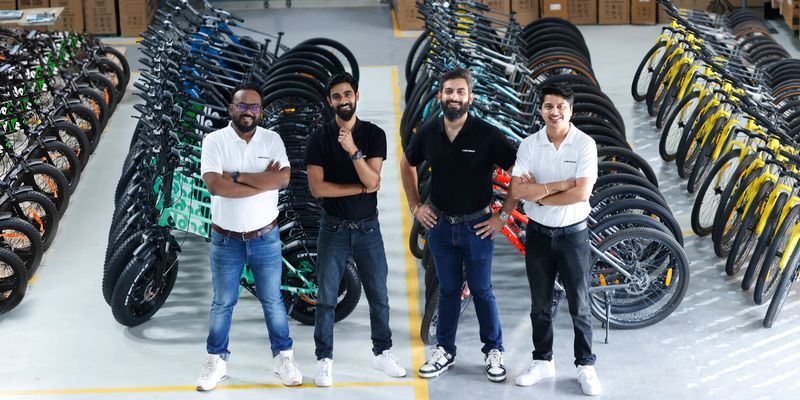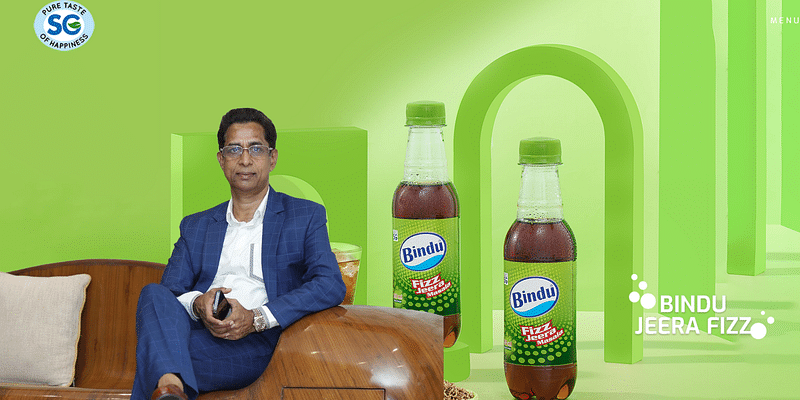COVID and beyond: DesignUp panelists share tips on lifelong creativity and perseverance
The upcoming DesignUp panel features experts with experience in diverse fields: mobility, cuisine, design, and news media. Here are some valuable tips for us all.
The team behind the DesignUp conferences is hosting a panel this coming Sunday, May 17, 5-6 pm, titled Episode 5: The (Not-So) Secret Life of Designers. YourStory is the media partner for the event (click here for free registration).
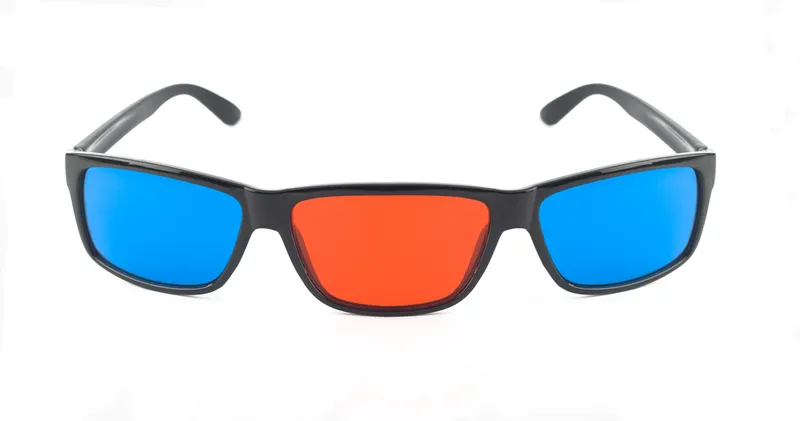
See YourStory’s coverage of the annual DesignUp conference editions from 2019, 2018 and 2017, as well as our d-Zen (‘Design Zen’) section for more design resources. Also check out our coverage of DesignUp’s earlier online panels, ‘May the Fourth be with you’ and ‘The pandemic’s impact on design as a business.’
As shown in this panel preview article, the lineup this time includes two trained designers whose passion and interests have steered them to different realms, while keeping them rooted in design. See also the DesignUp report, Deconstruct: Understanding the State of Design-In-Tech.
Suresh Venkat is an actor and voice-over artist who has also interviewed the who's who from the worlds of sports, business, and entertainment. Anurag Arora is a product designer at Uber, whose love for whipping up new dishes eventually landed him at Le Cordon Bleu in London for a culinary course.
Design during times of coronavirus
Both speakers shared insights on outstanding examples of design to tackle the COVID-19 pandemic. “The conversion of railway coaches into hospital wards is an excellent example of quick design thinking. The Aarogya Setu app is a good example of designers working with governments, to augment state capacity in dealing with the pandemic,” Suresh explains, in a chat with YourStory.

He also points to responses from the retail sector. “Various retail shops have quickly put together a simple protocol to help people buy essentials,” he adds. This includes contactless thermometers, social distanced queues, hand sanitising, and allowing limited numbers of shoppers at a single time.
“These last few weeks, we have all relied a lot on services for helping us stay safe and be at home while continuing most of our lives. This is despite what’s been a quite disruptive pandemic,” Anurag explains.
Delivery services of all kinds – be it food, grocery, medicines, or sending a parcel to a friend across the city – have definitely made life easier for so many people wanting to stay safe and at home. “I, of course, acknowledge my privilege when I say that,” Anurag adds, reminding us of the plight of countless labourers and migrant workers who are less fortunate.
He also points to the rise of collaboration tools like video conferencing as examples of good design in action. “In addition to keeping the offices running, the digital tools have brought people together and kept education systems running,” Anurag emphasises.
He cites a friend of his continuing Kathak classes online, and another hosting a bachelorette on Zoom. “They made virtual backgrounds, organised games, and also took pictures together! Sure, Zoom marriages might be short-lived, but it looks quite likely that people might adopt a few hybrids as we go ahead,” Anurag jokes.
Design in the post-lockdown phase
“It will be super important for us to always keep safety and hygiene as an important consideration while designing in the post-lockdown phase,” Anurag urges. This especially applies to products that are on an intersection of the digital and physical world.
“We should also be making products more inclusive. A lot of vulnerable people from society such as older adults are relying on services that may have been designed keeping a tech-savvy persona in mind,” he explains.
“The third and the most important lesson would be the willingness to question everything we know, and not designing based on our previous knowledge,” Anurag emphasises.
He observes that so many digital products have become an essential part of the social fabric today, a testament to how we adapt through the crisis. “My mother is using products that she would never have otherwise. A lot has changed and a lot is changing as we speak,” he adds.
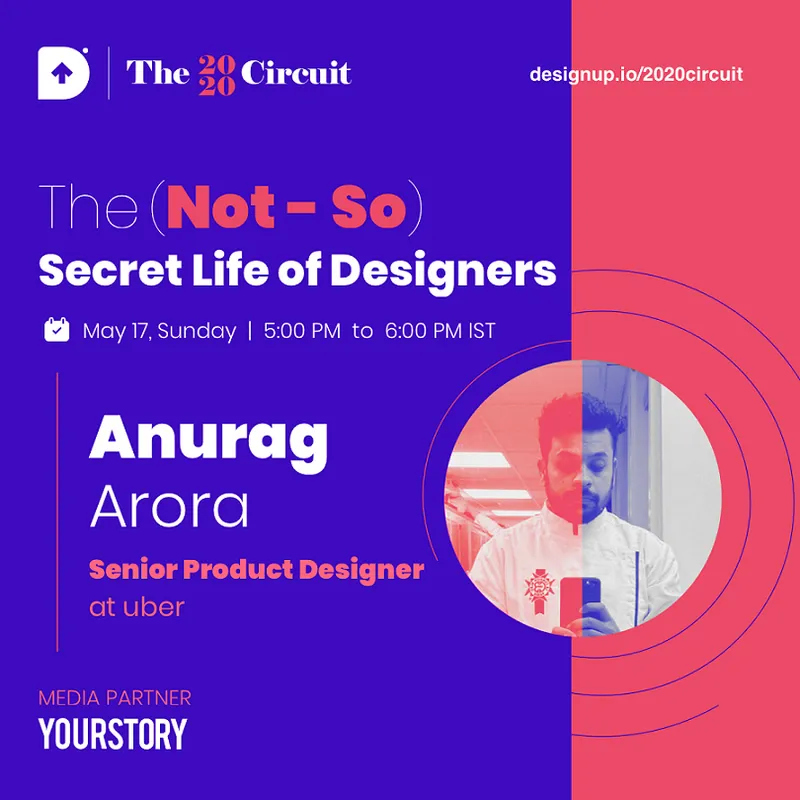
“Broaden your scope to make yourself comfortable and relevant in the post-COVID world,” urges Shiva Viswanathan, Brand and UX Coach for Ogilvy PennyWise, and one of the organisers of the DesignUp panel.
“Firstly, gain knowledge. Consume content and conversations that provide a larger vista than being in an echo chamber of design. This means talking to more people who are not necessarily just designers,” he advises. It is important to read, listen to, and watch content that can help find new interests and opportunities.
“Secondly, get active. Observe, immerse, and collaborate in activities that you are passionate about. This will nurture a new ‘you’”, Shiva adds. This helps reinvent oneself with more avenues to fame and fortune.
“Finally, help others find a way. The lockdown has mentally exhausted a lot of creative people,” Shiva observes. “If you know people who are lost and need help, mentor them and lead them to light, whether it is content, people, or activity,” he adds.
Some design principles should stay unchanged even after the lockdown, Suresh explains. “Always put the user at the centre of design. Engineering, marketing, technology – everything comes later,” he emphasises.
“If, for any reason, you can't do user-centric design, think about not doing the design at all,” he says. He also cites the popular quotes: Form follows emotion, and Inspiration comes from desperation.
The role of design
The value of design is being increasingly embraced by a wide range of firms and professions. “Awareness about the importance of design can be increased in the broader public in India if we keep producing good design. It will happen in due course,” Suresh explains.
Design (in itself) is not "important" to the broader public, but products and services that fulfill needs are important. “Fulfil a user's need elegantly and cost effectively, and the awareness of design will spread on its own,” he adds. He also advises introducing a media training module in design schools.
Anurag points to storytelling as a way of popularising design. “I think we are doing far better than, let's say, a few years ago. I feel the storytelling has gotten us far and will continue to do so. Until people know what we do and realise that we add value, we wouldn’t be taken seriously,” he says.
A life of creativity
The panelists also shared tips and advice for people to keep alive their creative edge and harness it to the maximum throughout life. “Draw, write, paint, sculpt, dance, sing, rap – do one thing with your hands, body, or voice everyday - and with minimal technology,” Suresh suggests.
“Learn to do minor home repairs. Learn to cook. Clean your own house,” he adds. He also suggests reading books outside one’s comfort zone. “My personal preference is reading about behavioural economics and cognitive flaws in the human brain,” he explains. “Stay fit,” Suresh sums up.
Some skills and mindsets of design can cut across a range of disciplines. “One of the most beautiful aspects of design is being iterative. I feel that is something I practice in most of the things I design,” Anurag observes. Unless all possible options are laid out ahead, it is difficult to decide which one works the best for users.
“Design, other than being a practice, is a framework for innovation and effectiveness in a lot of industry verticals and vocations,” Shiva adds.
Reading lists
The speakers also shared what books are on their reading lists these days. Suresh’s picks are Stop Reading the News (by Rolf Dobelli), Ghashiram Kotwal (a play by Vijay Tendulkar), and Factfulness by Hans Rosling.
Anurag says he is largely into food narratives. “I am currently and sparingly reading How to Eat a Peach by Diana Henry and The Art of Fermentation by Sandor Katz,” he explains. He recommends both for anyone wanting to read more than just recipes.
The DesignUp community
The DesignUp team has organised a range of online panels highlighting the importance, longevity, and diversity of design. “There have been outliers or adventurers who stepped out the boundaries where their passion led them to explore possibilities in other realms,” Shiva observes.
Designers have become musicians, film makers, artists, chefs, creative entrepreneurs, technologists, and more. “They use their structural, conceptual, and tactical skills to create. These two speakers are great examples of explorers who found their home in another place,” Shiva says explaining the build-up to the next panel.
“In the wake of our resounding success with the 'May the 4th be with you’ panel, we are exploring topics like the future of travel and wellbeing,” he adds. This will be in a new format; there will also be individual showcases on specific topics starting with Episode 7 (building on the Star Wars narrative model).
While many people are hoping that life will get back to some kind of normal after the coronoavirus crisis, there is actually a lot more to gain by introspecting on it and riding the new waves. “Don't let a crisis like this go to waste – this is an opportunity to do something ambitious, to make a real difference,” urges Jay Dutta, SVP UX Design at MakeMyTrip, and Founder-Curator, DesignUp Festival.
“Aim very high, leap further – even if you fail in the process – and learn through it. At any point in time, you could always do a poster – but go above and beyond, and think of the impact you could potentially make,” he advises.
“It's too easy to sit back and criticise. Don't fall into that trap. Let the bias for action lead you to making a difference,” Jay signs off.
(Edited by Teja Lele Desai)






